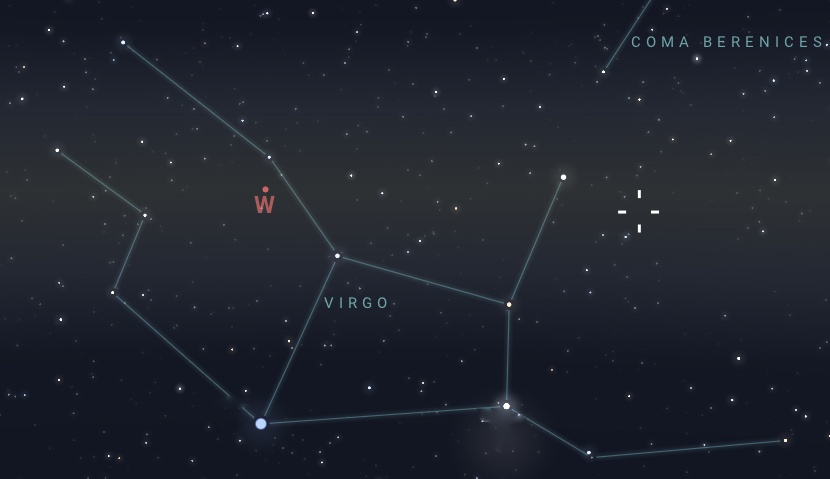M59 (Messier 59), also known as NGC 4621, is an elliptical galaxy located in the constellation Virgo. It is one of the many galaxies that make up the Virgo Cluster. Here are some key details about M59:
Structure and Features
The galaxy M59 has a diameter of about 90,000 light-years, making it slightly smaller than our own galaxy. It has an E5 classification, indicating it is an elliptical galaxy with a moderately elongated shape.
Unlike spiral galaxies, elliptical galaxies lack significant features such as spiral arms and are generally composed of older, redder stars of low mass. This galaxy has a relatively low rate of new star formation compared to spiral galaxies.
It is surrounded by a rich system of globular clusters. These clusters are densely packed groups of ancient stars orbiting the galaxy’s core.
M59 is known to host a supermassive black hole at its center. Observations suggest that this black hole has a mass of approximately 270 million solar masses. This supermassive black hole provides a valuable opportunity to study the relationship between black holes and their host galaxies, particularly in elliptical galaxies.
Observational History
M59 was discovered by Johann Gottfried Koehler on April 11, 1779, while he was observing comet C/1779 A1 (Bode). Charles Messier added M59 to his catalog on April 15, 1779, a few days after Koehler’s discovery, while searching for comet-like objects.
As a member of the Virgo Cluster, M59 is part of a large collection of galaxies whose interactions and dynamics are of great interest to astronomers studying galaxy formation and evolution.
Studying M59 and other elliptical galaxies helps astronomers understand the dynamics of stellar populations, including the role of dark matter in these galaxies.

How to Observe
For observers in the Northern Hemisphere, the best time to observe M59 is during the spring months when Virgo reaches its highest point in the night sky, particularly from March to May. For observers in southern latitudes, Virgo appears lower in the northern sky during these months, meaning M59 is visible for a shorter duration and at lower altitudes above the horizon.
M59 can be observed with medium to large amateur telescopes. It appears as a faint, oval-shaped patch of light. A telescope with at least 6-8 inches (150-200 mm) of aperture is recommended to view the galaxy. Larger telescopes will provide better resolution and more detail.
Aim for nights with clear skies and minimal atmospheric disturbance. Avoid nights when the moon has passed its crescent phase, as moonlight can significantly reduce visibility.
M59 is situated in the eastern part of the Virgo Cluster, near other Messier objects like M58 and M60. Start by locating the bright star Vindemiatrix (Epsilon Virginis) in Virgo. From there, M59 can be found about 7 degrees west and slightly south.



